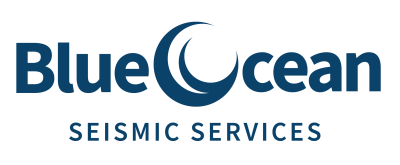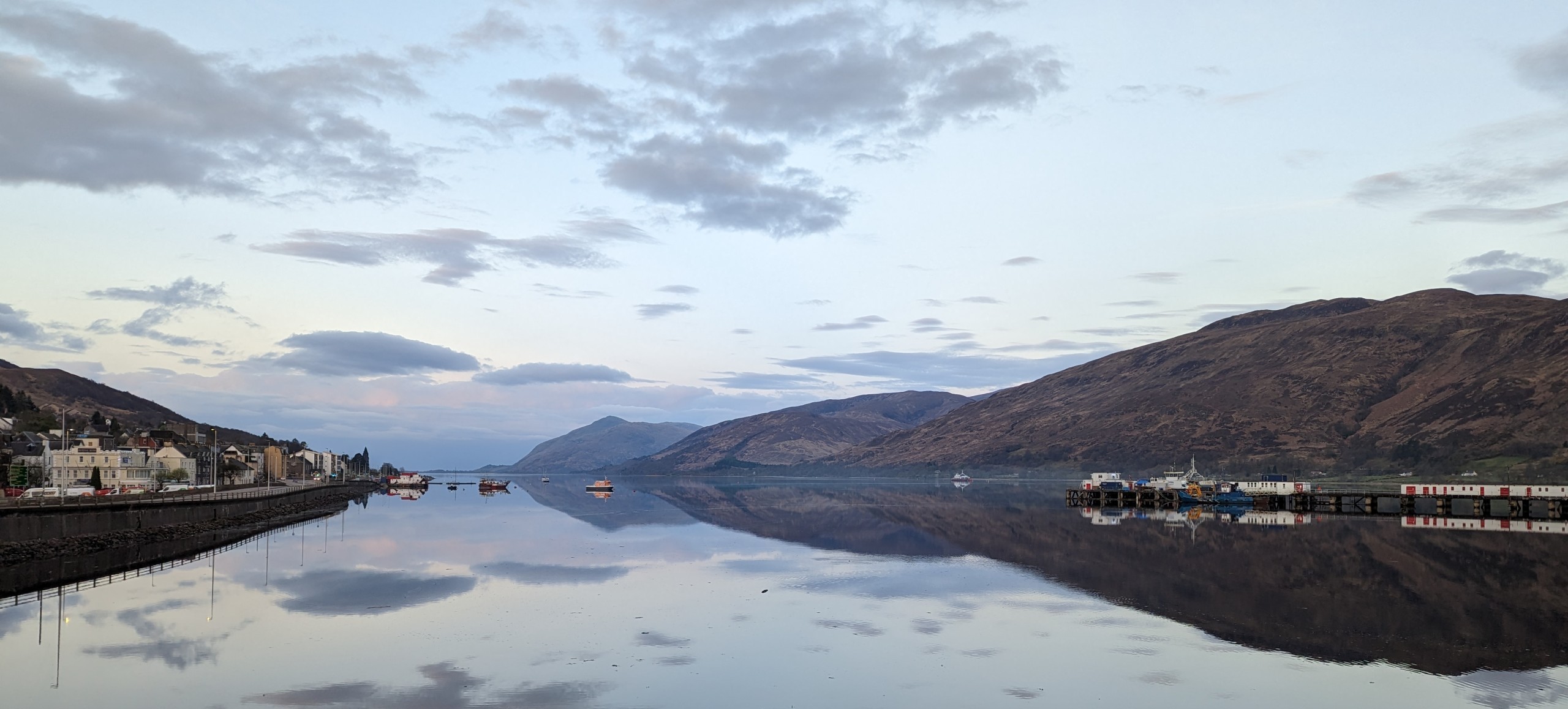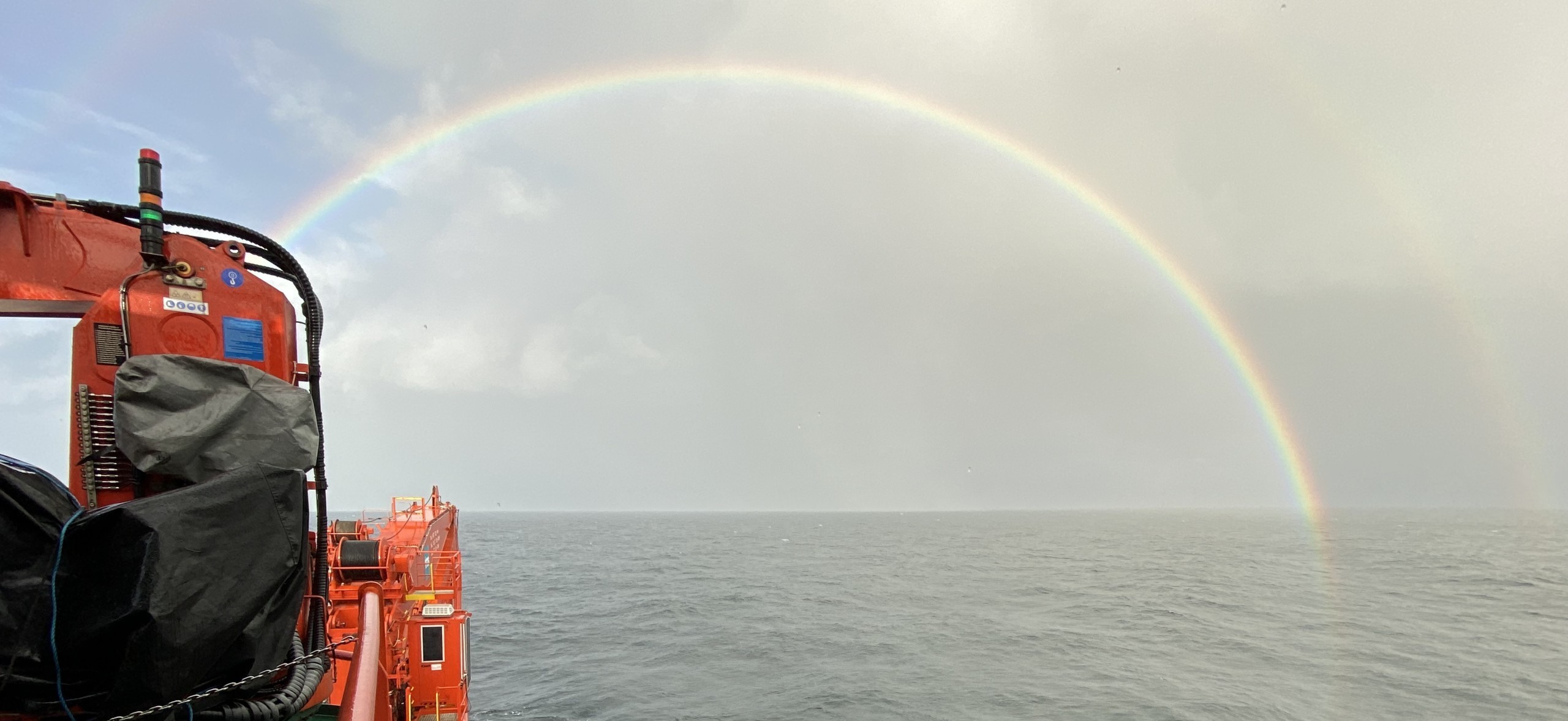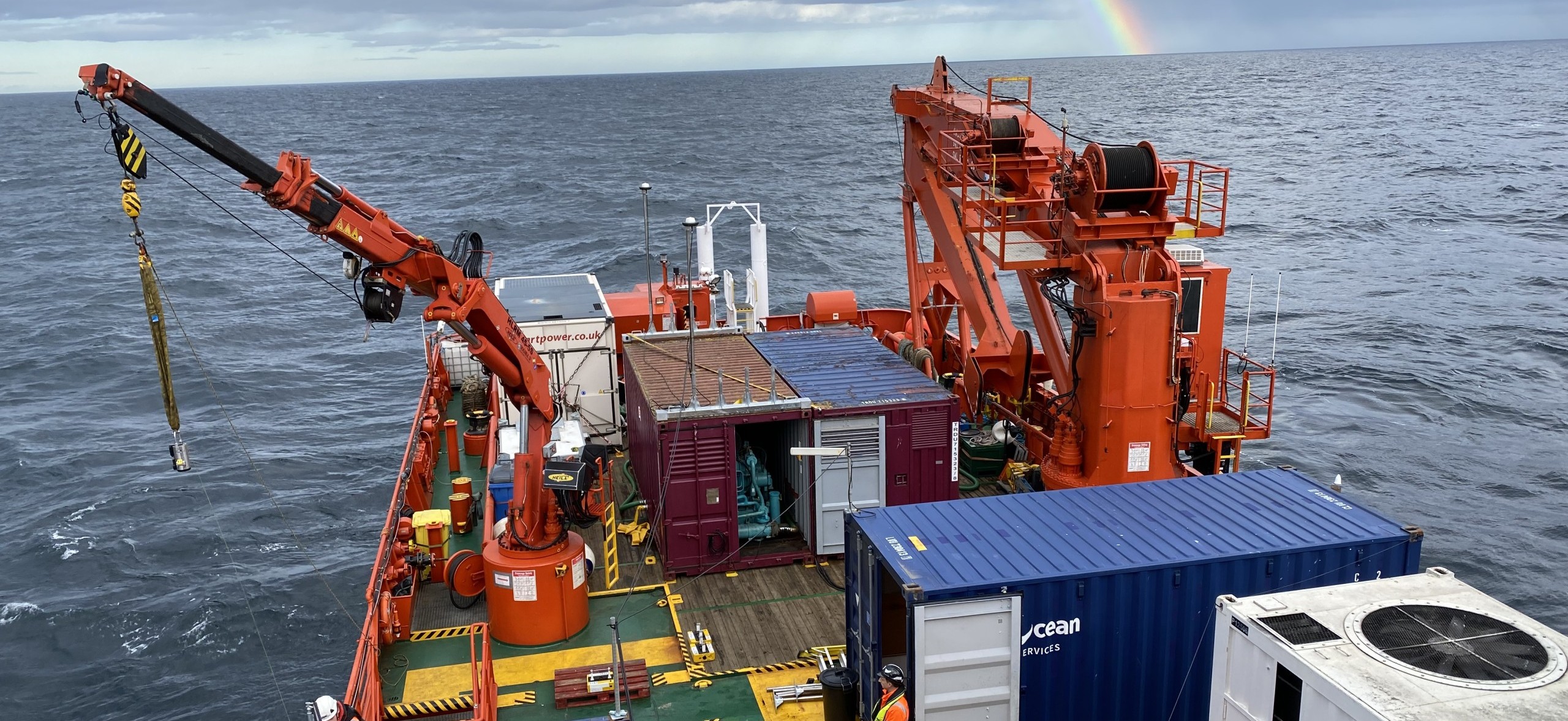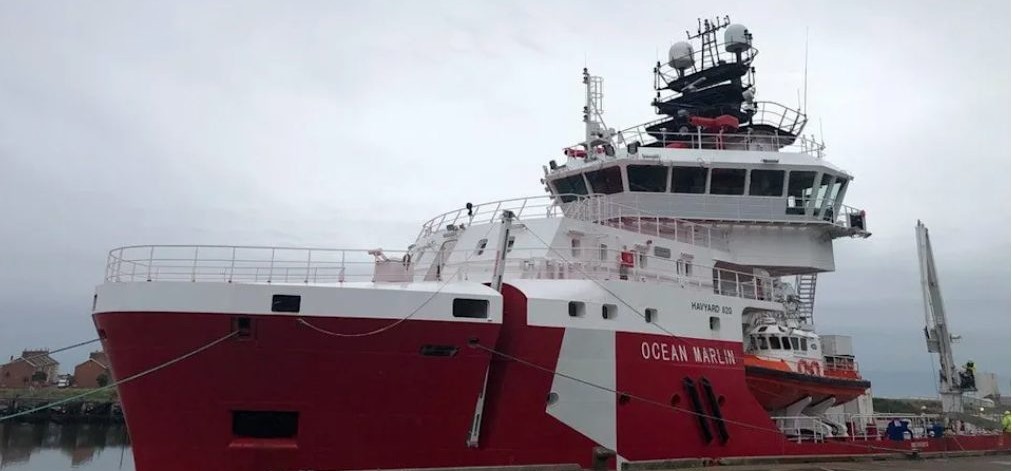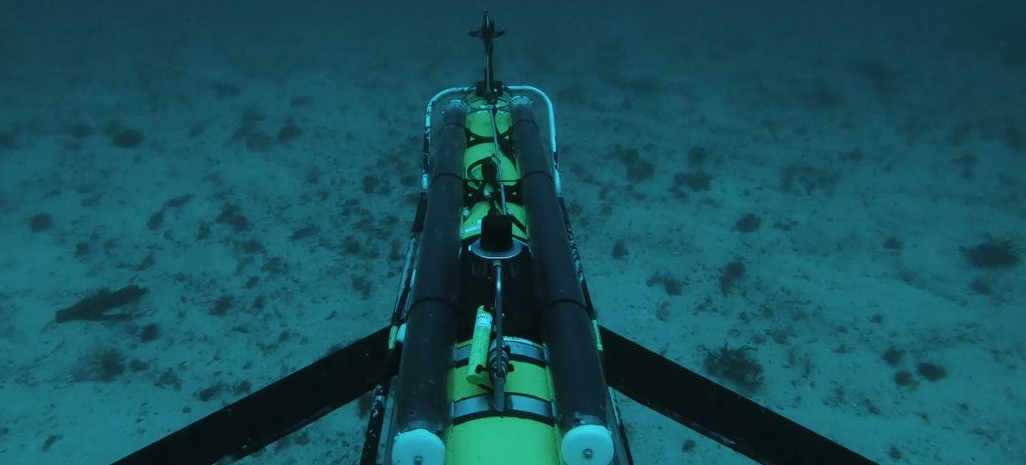
Blue Ocean Seismic Services Ltd, the marine seismic survey disruptor, is pleased to announce that it has successfully completed sea trials navigating a test prototype version of its underwater vehicle autonomously underwater using Blue Ocean Seismic Services’
Blue Ocean Seismic Services Ltd, the marine seismic survey disruptor, is pleased to announce that it has successfully completed sea trials navigating a test prototype version of its underwater vehicle autonomously underwater using Blue Ocean Seismic Services’ electronics and software system during a series of sea trials completed in Perth, Australia. Blue Ocean Seismic Services’s shareholders are Blue Ocean Monitoring, bp Ventures and Woodside Energy.
The long endurance self-repositioning autonomous underwater nodes will conduct offshore seismic surveys for oil and gas exploration and reservoir optimisation, whilst also identifying and monitoring carbon storage opportunities under the seabed.
The underwater vehicle, or testbed ocean bottom seismic robotic vehicle (tOBSrV), successfully traversed a series of waypoints, while providing status updates to a master vessel. It logged flight and engineering data which is being utilised for further systems development and optimisation.
The successful completion of the trials validates the electronics and software system which has been developed by Blue Ocean Seismic Services and highlights its efficacy, underwater. The data collected will be critical in aiding and accelerating the design and development of the final product ahead of commercialisation. It marks a significant step towards achieving the Blue Ocean Seismic Services vision for autonomous OBS data acquisition. The next steps are constructing and testing 10+ alpha prototypes, culminating in a seismic sea trial late Q3 2020 in the North Sea.
tOBSrV Background
The Blue Ocean Seismic Services tOBSrV is an early stage prototype vehicle and associated Communication, Command & Control (C3) system that uses the mechanical components of a host platform – paired with Blue Ocean Seismic Services developed electronics, communication systems, firmware, and backseat control software.
The purpose of the tOBSrV was to allow for in-water testing of Blue Ocean Seismic Services electronics and software, and to provide a development platform to accelerate electronic and software progress while hardware components are being designed and manufactured.
Following these initial trials, the platform will be utilised to further refine and extend these systems through hardware in the loop simulation and in-water trials. Data acquired on sensor performance, vehicle dynamics and software performance will assist in the design and development of subsequent prototypes. The t-OBSrV will also provide a platform to conduct comparative evaluation testing of low-cost electronic components and sensors.
tOBSrV Trial Achievements
In summary the primary objectives of the tOBSrV testing and sea trial was to:
- Conduct in-water trials to demonstrate Blue Ocean Seismic Services progress towards a functioning Ocean Bottom Robotic Vehicle (OBSrV) and associated communication, command, and control (C3) systems.
- Demonstrate early-stage tracking and control user interfaces and visualisation.
- Demonstrate automated topside USBL acoustic tracking and acoustic message dispatching systems.
- Demonstrate external position parsing onboard tOBSrV via acoustic message and implementation in navigation control.
- Testing other in-vehicle systems.
Erin Hallock, Managing Partner, bp Ventures said: “These sea trials are an exciting development as Blue Ocean Seismic Services makes a substantial step forward in its development of a revolutionary underwater vehicle. We are delighted to be working with Blue Ocean Seismic Services as it heads towards its goal of disrupting and innovating the marine seismic acquisition and carbon capture and storage sectors. Once in production, this vehicle will make global offshore oil & gas exploration, reservoir optimisation and other marine seismic applications cheaper, faster, safer, and importantly, less carbon intensive.”
Tony Almond, General Manager Technology Woodside Energy, said: “Woodside is pleased with the recent success of the sea trials, which mark a significant milestone in the development of Blue Ocean Seismic Services’ first autonomous underwater vehicle. Woodside has invested in Blue Ocean Seismic Services because we see a pathway for application of the vehicles in our business, as well as potential growth opportunities for Blue Ocean Seismic Services globally.”
Blue Ocean Seismic Services Ltd, the marine seismic survey disruptor, is pleased to announce that it has successfully completed sea trials navigating a test prototype version of its underwater vehicle autonomously underwater using Blue Ocean Seismic Services’
Blue Ocean Seismic Services Ltd, the marine seismic survey disruptor, is pleased to announce that it has successfully completed sea trials navigating a test prototype version of its underwater vehicle autonomously underwater using Blue Ocean Seismic Services’ electronics and software system during a series of sea trials completed in Perth, Australia. Blue Ocean Seismic Services’s shareholders are Blue Ocean Monitoring, bp Ventures and Woodside Energy.
The long endurance self-repositioning autonomous underwater nodes will conduct offshore seismic surveys for oil and gas exploration and reservoir optimisation, whilst also identifying and monitoring carbon storage opportunities under the seabed.
The underwater vehicle, or testbed ocean bottom seismic robotic vehicle (tOBSrV), successfully traversed a series of waypoints, while providing status updates to a master vessel. It logged flight and engineering data which is being utilised for further systems development and optimisation.
The successful completion of the trials validates the electronics and software system which has been developed by Blue Ocean Seismic Services and highlights its efficacy, underwater. The data collected will be critical in aiding and accelerating the design and development of the final product ahead of commercialisation. It marks a significant step towards achieving the Blue Ocean Seismic Services vision for autonomous OBS data acquisition. The next steps are constructing and testing 10+ alpha prototypes, culminating in a seismic sea trial late Q3 2020 in the North Sea.
tOBSrV Background
The Blue Ocean Seismic Services tOBSrV is an early stage prototype vehicle and associated Communication, Command & Control (C3) system that uses the mechanical components of a host platform – paired with Blue Ocean Seismic Services developed electronics, communication systems, firmware, and backseat control software.
The purpose of the tOBSrV was to allow for in-water testing of Blue Ocean Seismic Services electronics and software, and to provide a development platform to accelerate electronic and software progress while hardware components are being designed and manufactured.
Following these initial trials, the platform will be utilised to further refine and extend these systems through hardware in the loop simulation and in-water trials. Data acquired on sensor performance, vehicle dynamics and software performance will assist in the design and development of subsequent prototypes. The t-OBSrV will also provide a platform to conduct comparative evaluation testing of low-cost electronic components and sensors.
tOBSrV Trial Achievements
In summary the primary objectives of the tOBSrV testing and sea trial was to:
- Conduct in-water trials to demonstrate Blue Ocean Seismic Services progress towards a functioning Ocean Bottom Robotic Vehicle (OBSrV) and associated communication, command, and control (C3) systems.
- Demonstrate early-stage tracking and control user interfaces and visualisation.
- Demonstrate automated topside USBL acoustic tracking and acoustic message dispatching systems.
- Demonstrate external position parsing onboard tOBSrV via acoustic message and implementation in navigation control.
- Testing other in-vehicle systems.
Erin Hallock, Managing Partner, bp Ventures said: “These sea trials are an exciting development as Blue Ocean Seismic Services makes a substantial step forward in its development of a revolutionary underwater vehicle. We are delighted to be working with Blue Ocean Seismic Services as it heads towards its goal of disrupting and innovating the marine seismic acquisition and carbon capture and storage sectors. Once in production, this vehicle will make global offshore oil & gas exploration, reservoir optimisation and other marine seismic applications cheaper, faster, safer, and importantly, less carbon intensive.”
Tony Almond, General Manager Technology Woodside Energy, said: “Woodside is pleased with the recent success of the sea trials, which mark a significant milestone in the development of Blue Ocean Seismic Services’ first autonomous underwater vehicle. Woodside has invested in Blue Ocean Seismic Services because we see a pathway for application of the vehicles in our business, as well as potential growth opportunities for Blue Ocean Seismic Services globally.”
